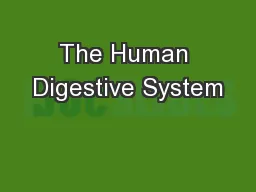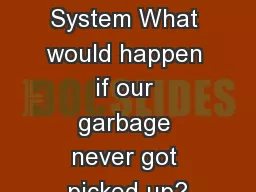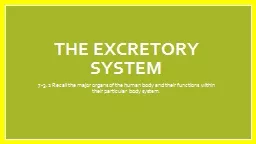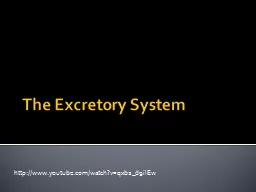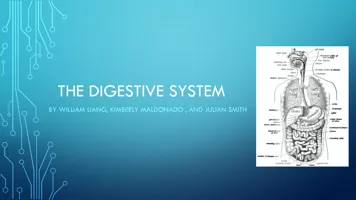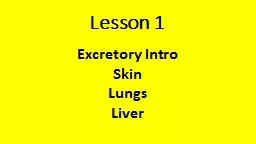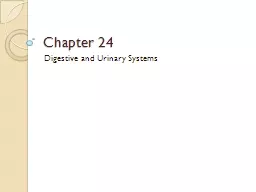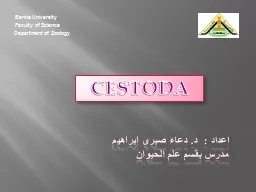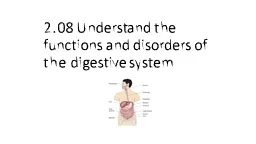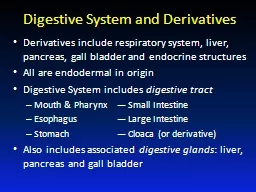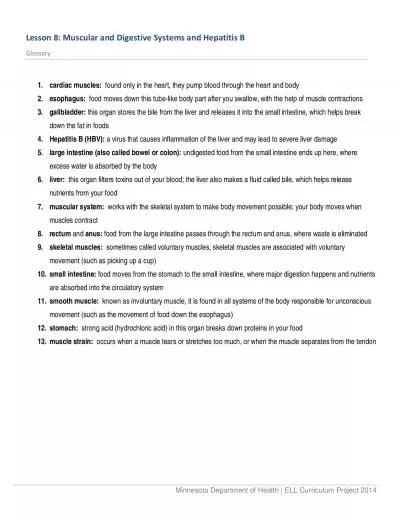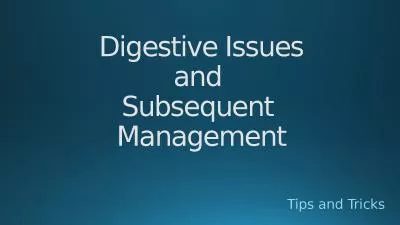PPT-The Digestive and Excretory Systems
Author : olivia-moreira | Published Date : 2019-06-20
By Emir FilsAimé Alexis Murray and Melody Schwenk AP BiologyMs Stein Due 41410 The Digestive System Part I Foods Highway Digestion To be processed and expelled
Presentation Embed Code
Download Presentation
Download Presentation The PPT/PDF document "The Digestive and Excretory Systems" is the property of its rightful owner. Permission is granted to download and print the materials on this website for personal, non-commercial use only, and to display it on your personal computer provided you do not modify the materials and that you retain all copyright notices contained in the materials. By downloading content from our website, you accept the terms of this agreement.
The Digestive and Excretory Systems: Transcript
Download Rules Of Document
"The Digestive and Excretory Systems"The content belongs to its owner. You may download and print it for personal use, without modification, and keep all copyright notices. By downloading, you agree to these terms.
Related Documents


